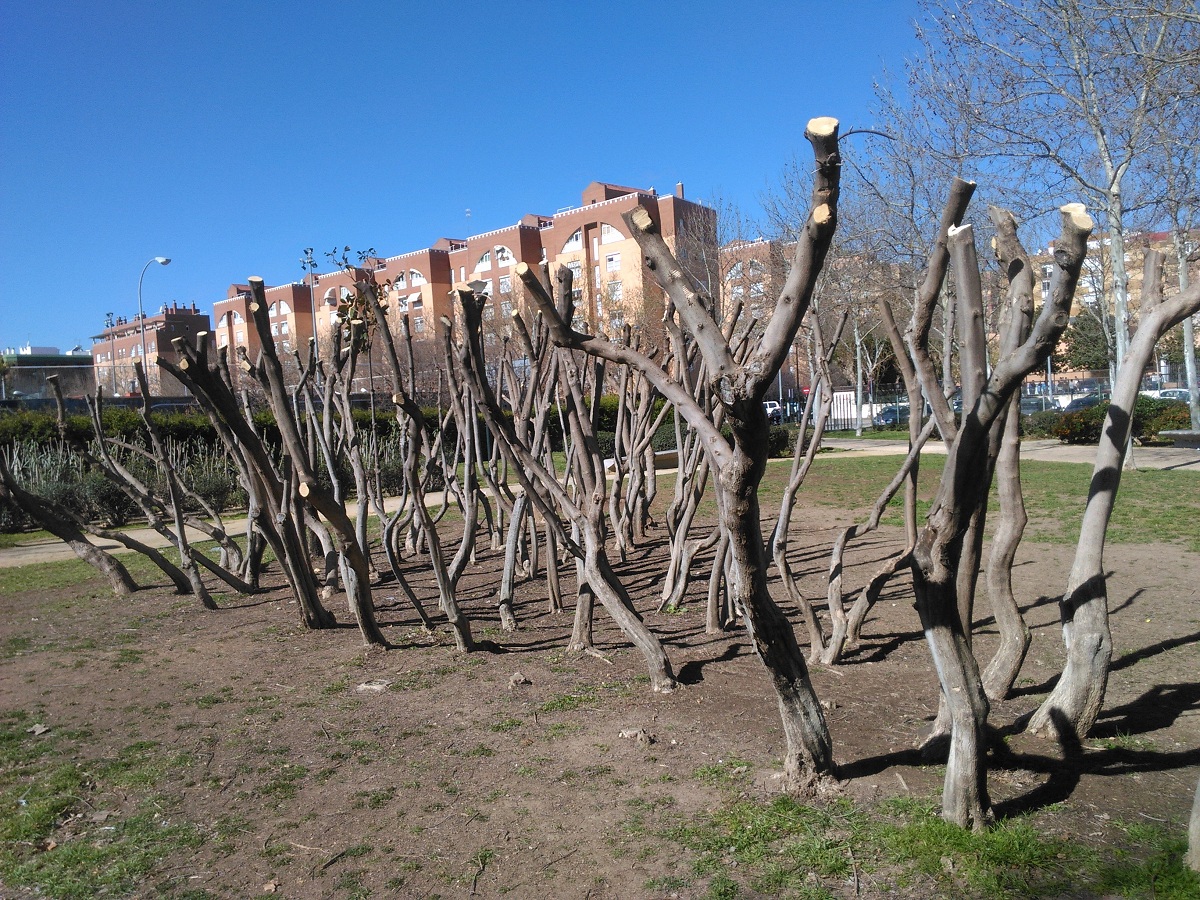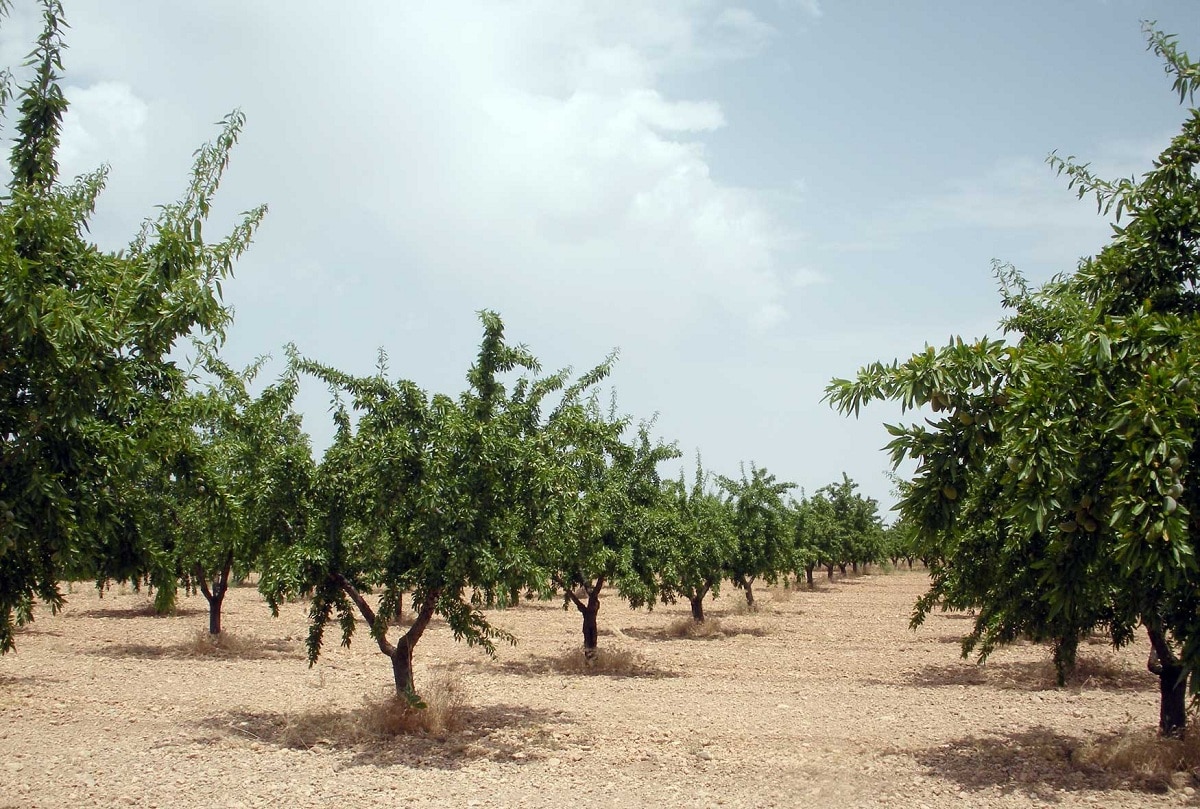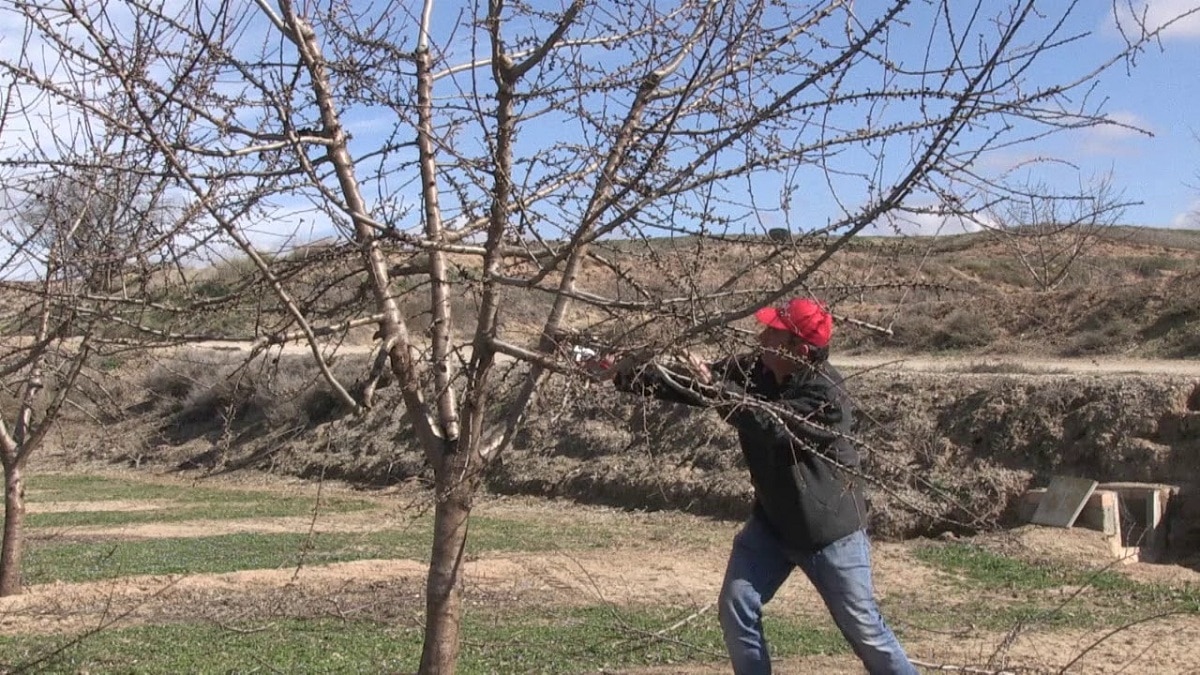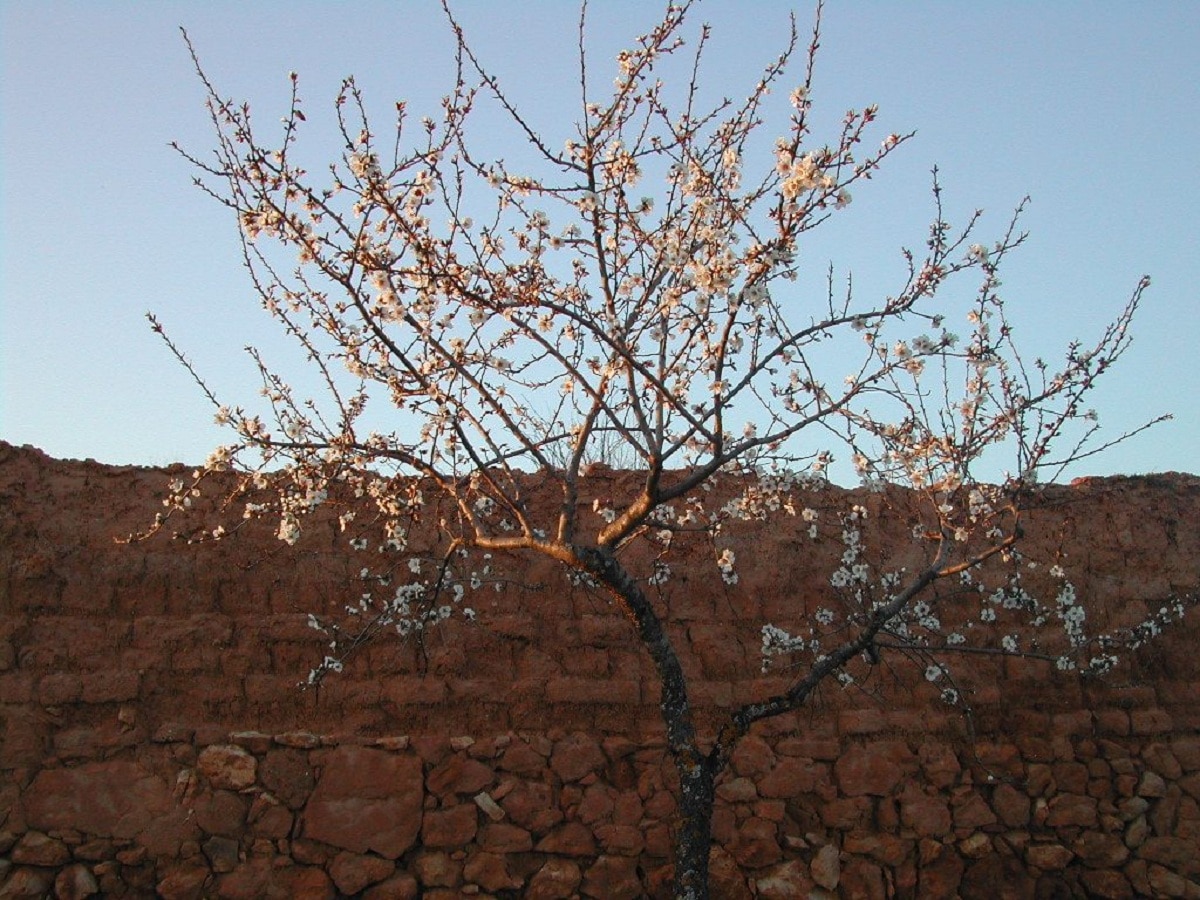
Although almond trees are to dry and do not require too much care, they do need maintenance if we want them to bear enough fruit. It's all about pruning. There are numerous techniques to learn how to prune an almond tree what will make our tree give us a large quantity of almonds. There are different ways to cover this pruning depending on the time of year and the age of the tree.
Therefore, in this article we are going to tell you how to prune an almond tree and what aspects you should take into account.
Key features

We know that each type of tree has specific characteristics, and we must take them into account to maximize the use of fruit production. These conditions make the almond tree a high-yielding tree species in Spain, and cultivation and pruning experts have been perfecting techniques to increase yields. Knowing when to prune almond trees is essential throughout the almond growing process. Depending on the type of pruning, the pruning time and the choice of pruning time, production can be further optimized and healthy almond-rich trees can be seen.
Pruning is necessary in all cases because it is not only necessary from the productive point of view, but also a beneficial activity for the health of these trees. The improvement in the quality and quantity of production is a direct consequence of the good condition of the almond trees. We are going to see what are the different types of pruning that the almond tree has.
When are almond trees pruned

In the first place, it should be clarified that there are several types of pruning of almond trees, although in reality it occurs in almond trees and in most fruit trees. On the one hand, the formation of pruning, on the other hand, the result of pruning, and finally the restoration of pruning. All of this should be done during the tree's dormant period, which is when winter begins, but we will apply one or another type of pruning according to the age and state of the tree.
We know that each type of tree has specific characteristics, and we must take these characteristics into account to maximize the use of fruit production. These conditions have made the almond tree a high-yielding tree species in Spain, and cultivation and pruning experts have been perfecting techniques to increase yields. Knowing when to prune almond trees is essential throughout the almond growing process. Depending on the type of pruning, pruning time and the choice of pruning time, production can be further optimized and healthy trees rich in almonds can be seen.
Pruning is necessary in all cases because it is not only necessary from the productive point of view, but also a beneficial activity for the health of these trees. The improvement in the quality and quantity of production is a direct consequence of the good condition of the almond trees. We are going to see what are the different types of pruning that the almond tree has.
How to prune an almond tree

As we have mentioned before, there are different ways to learn how to prune an almond tree since there are different types of pruning. They all have a different need for the almond tree depending on the time of year and its size. I also have to take into account the age of the tree to know what type of pruning is more interesting to apply.
Let's see what are the main types of pruning that exist for almond trees:
Formation pruning
This is done when the tree is young and you want it to take a specific shape to grow in a balanced way. Thanks to this pruning, the almonds can be harvested more easily. For this approach to be successful, growth must be well controlled in the early years. This type of pruning is more or less necessary during the first 4 seasons to help the trees have a consistent structure and healthy branches.
Fruiting pruning
After the first 4 seasons have passed, the tree should change. Each year, suction cups and extensions should be removed, and dead or brittle branches removed so that the remaining healthy branches can continue to grow as energy. Care must be taken to maintain the balance of the entire tree. The main objective is to be able to extend productivity and the branches will not be affected. It is a branch that tries to restore strength to the apricot tree. We know that over time the apricot tree loses strength and its branches age. By resuming pruning, an attempt is made to restart the productive cycle and increase the production of high-quality almonds.
Rejuvenation pruning
This type of pruning is used more for diseased or healthy trees that are already in the senescence stage. If the tree branches are too thick and are already falling off, a very aggressive pruning must be done. The problem with this aggressive pruning is that the tree can eventually die.
Pruning in green
There is only one exception to the fact that you should practice pruning almond trees. The pruning season for apricot trees is always in winter, and the trees are in a state of rest, but After the first pruning we must do a green pruning in the first summer. The so-called green pruning is a pruning that tries to remove unwanted suction cups and branches with unwanted directions as soon as possible because they will grow quickly.
The almond tree is a deciduous fruit tree that will grow again once the temperature begins to rise above 15ºC. As a species very sensitive to cold - it only supports up to -5ºC - if we want to get a good harvest, it is very important that we grow it in areas where there are no strong frosts.
Pruning is a job that hurts plants, not in vain, all you do is chop branches. Once completed, the tree must consume energy to recover, what can only be done if you are healthy and the growing conditions are right. For all these reasons, it is recommended to prune apricot trees in early fall or late winter / early spring.
I hope that with this information you can learn more about how to prune an almond tree.